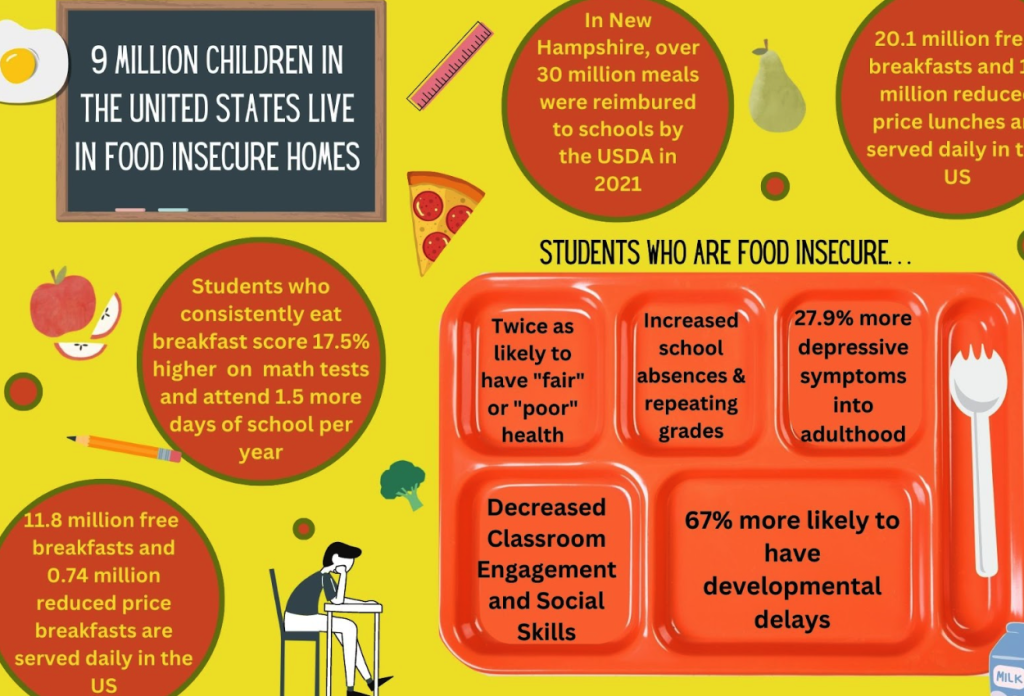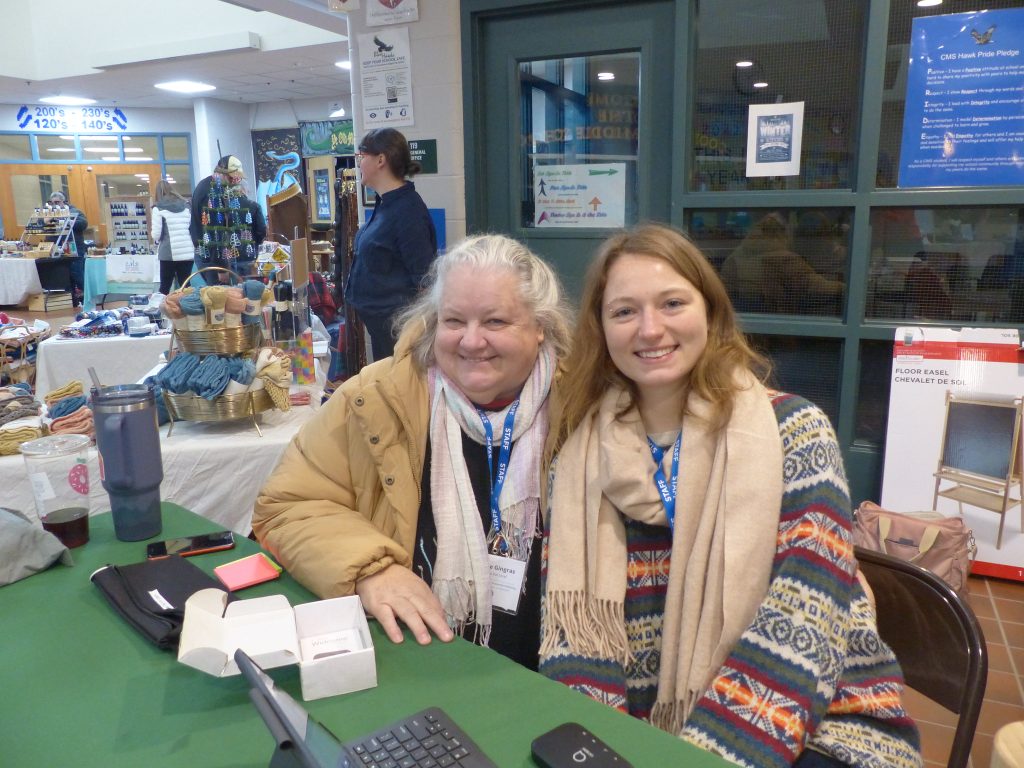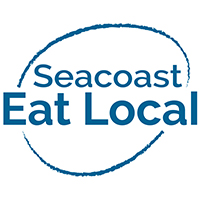Written by: Monica Warren, Dietetic Intern

According to the USDA, 9 million children in the United States are food insecure as of 2021
“Food insecurity is defined as a lack of consistent access to enough food for every person in a household to live an active, healthy life. This can be a temporary situation for a family or can last a long time. Food insecurity is one way we measure how many people can’t afford food.” Source
Because of the high rate of food insecurity, chances are that you or someone you know has utilized one of the child nutrition programs funded by the United States Department of Agriculture (USDA).
These programs include:
- –The National School Breakfast Program
- –National School Lunch Program
- –Summer and After School meals
- –Special Supplemental Nutrition Program for WIC
Why Child Nutrition?
These programs focus on children because starting life with adequate nutrition is vital for healthy development, academic success, mental health, and it impacts health outcomes into adulthood.
With Child Nutrition Programs providing breakfast, lunch, and snacks, they often provide a child with the majority of the food they eat in a day. Because of this, the programs have nutritional regulations to ensure that children are receiving adequate sustenance including requiring that all food groups are present, limits on sodium, saturated fats, and ensuring children are provided with plenty of whole grains, fruits, and vegetables.
Let’s take a dive into what these nutrition programs are and who is eligible before we discuss how the Child Reauthorization Act could improve them in our next post.
Child Nutrition Programs
National School Lunch and Breakfast Programs
Provides free or reduced-price breakfast and lunch to children in United States schools. Almost 30 million children participate in the lunch program and about 15 million participate in the breakfast program while they are at school. Participating schools are reimbursed for the nutritionally balanced meals they serve. The Breakfast Program is currently underutilized with thousands of eligible schools not participating, potentially because student participation is lower. Some schools are finding that providing breakfast in a less stringent window of time, or allowing students to eat in the classroom increases utilization.
Summer Meals Program
Safe and nutritionally balanced meals are given to those aged 18 or younger at a community site. This program ensures that kids and teens are still receiving adequate nutrition during school breaks when they do not have access to the National School Lunch or Breakfast Programs.
Special Supplemental Nutrition Program for WIC
Women Infants and Children (WIC) is a program providing assistance to pregnant, breastfeeding, and postpartum women and children up to the age of five years old. Breastfeeding support, nutritional counseling, and funding for grocery supplementation is provided to those enrolled in the program.
Who is Eligible for these Programs?
The eligibility of these programs is based on income and family size. The income limits vary slightly depending on the state. In New Hampshire, a family of four making $36,075 or less per year is eligible for free lunch (130% of poverty limit), and $51,338 or less is eligible for reduced price lunches (185% of poverty limit). If 40% or more children at a school are eligible for free lunches, they will have the Community Eligibility Provision (CEP), meaning that all students at that school automatically receive free lunches without having to go through the application process.
Everyone aged 18 years or less is eligible for the Summer and After School meals program as the community sites providing this program are located in low-income communities. WIC eligibility follows the 185% poverty guidelines, and benefits received depend on breastfeeding status and the number of children aged 5 years or younger in the family. Families enrolled in the Supplemental Nutrition Assistance Program (SNAP) are automatically eligible for WIC and some other Child Nutrition Programs.
Free or Reduced Price Breakfast and Lunch Income Guidelines can be found here.
WIC Eligibility Guidelines can be found here.

Seacoast Eat Local accepts SNAP/EBT at our Farmers’ Markets and benefits are doubled through Granite State Market Match.
